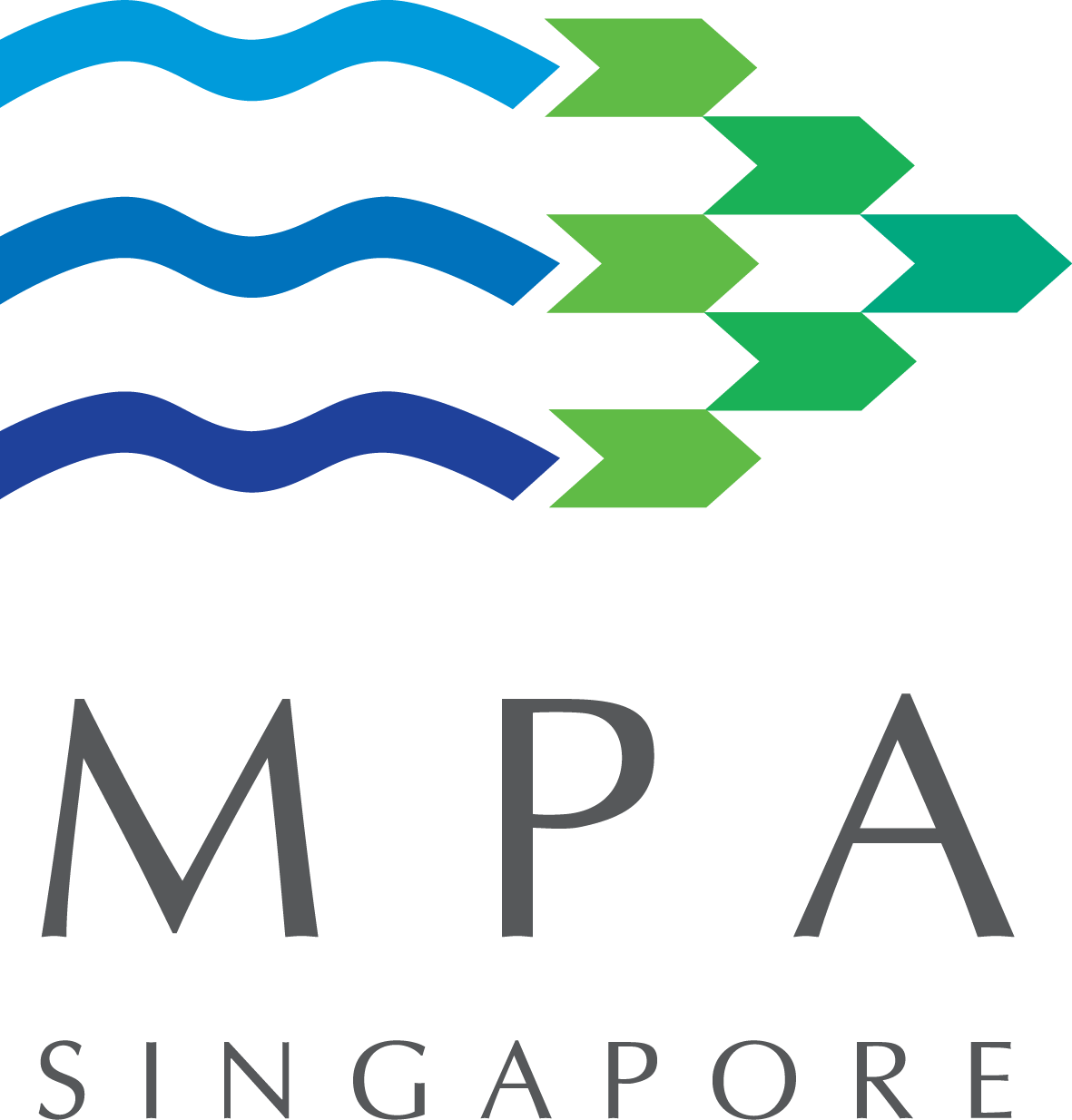OPENING REMARKS BY DR LAM PIN MIN, SENIOR MINISTER OF STATE, MINISTRY OF TRANSPORT AND MINISTRY OF HEALTH, AT THE IALA-MPA WORKSHOP ON INITITAL OPERATING CAPABILITY (IOC) PHASE FOR E-NAVIGATION SERVICES, AT INTERCONTINENTAL SINGAPORE ON 8 APR 2019
Distinguished delegates,
A very good morning.
Introduction
2 I am pleased to open this inaugural workshop on Initial Operating Capability Phase for e-navigation services.
3 This workshop is jointly organised by the International Association of Marine Aids to Navigation and Lighthouse Authorities (IALA) and the Maritime and Port Authority of Singapore (MPA). By bringing together a diverse group of stakeholders from around the region and beyond, we hope that it will help advance the agenda of e-navigation solutions, in line with the International Maritime Organization’s (IMO) e-navigation Strategy Implementation Plan.
Importance of e-Navigation
4 The maritime industry is going through immense technological advancements, along with wide-scale digitalisation and innovation. Modern ships are now equipped with an extensive range of digital systems, such as the Automatic Identification System (AIS), Electronic Chart Display and Information System, and Global Maritime Distress and Safety System.
5 In the coming years, we can expect newer and better systems to emerge, along with increased integration across these to deliver more effective solutions. One such area is e-navigation, where there will be opportunities to harmonise and digitalise the various marine navigation systems on ships, and connect them with supporting shore services.
6 E-navigation brings with it many benefits. It can improve the reliability of marine communications and enhance maritime safety, which would translate to fewer human errors, injuries and loss of lives. E-navigation can also facilitate information exchanges across the maritime logistics chain. This means greater efficiencies for commercial operations.
7 Such considerations are important to Singapore, which receives over 140,000 vessels annually. Hence, we actively promote navigational safety within our port waters and in the Singapore Straits, by forging partnerships and taking part in projects related to e-navigation.
Singapore’s Involvement in E-navigation Projects
Development of Satellite VHF-based Data Exchange System (VDES)
8 Last year, as part of its Next Generation Vessel Traffic Management System innovation programme, MPA committed half a million dollars over three years to develop a terrestrial Very High Frequency (VHF)-based Data Exchange System (VDES).
9 Apart from addressing future challenges of overloading on the VHF data link, the system offers new operational advantages for navigation services, such as enhanced digital exchanges between shore and ships. For example, insights derived from predictive analytics tools on navigational safety can be shared with crews out at sea. This can help improve their situational awareness when sailing through traffic hotspots, and hence reduce the risk of vessel collisions.
10 Building on this effort, I am pleased to announce today that MPA is also supporting a satellite VDES research and innovation initiative under the Maritime Transformation Programme, to develop VDES solutions with a global coverage. This is currently being undertaken by the Institute for Infocomm Research under the Agency for Science, Technology and Research, ST Engineering and their partners. MPA is engaging like-minded countries such as Norway and Japan to explore the setup of a first globally-interoperable VDES test-bed.
SESAME Solution II
11 Beyond projects undertaken locally, Singapore participates in key initiatives on the international front that focus on developing innovative e-navigation solutions.
12 In 2015, MPA partnered the Norwegian Coastal Administration, Research Council of Norway, and Kongsberg Norcontrol, on the Secure, Efficient and Safer Maritime Traffic Management in the Straits of Malacca and Singapore project (SESAME Straits project). This research and testbed project, which sought to develop new and innovative operating concepts for traffic hot-spots at the world’s most congested waterways, concluded with a successful demonstration in 2017.
13 Building on this initial success, MPA, along with local research institutes and industry stakeholders, will strengthen our partnership with the SESAME consortium to launch SESAME Solution II. Leveraging technology and digitisation, SESAME Solution II will focus on realising automated electronic ship-to-shore reporting services.
MOU between International Chamber of Shipping (ICS), Asian Shipowners’ Association (ASA) and European Community Shipowners’ Association (ECSA)
14 Later today, we will also witness the signing of a memorandum of understanding between the International Chamber of Shipping, the Asian Shipowners’ Association, and the European Community Shipowners’ Association.
15 Under the MOU, the three signatories, representing shipowners’ associations from some 50 countries and over 90% of the world’s merchant tonnage, will cooperate on technical and operational maritime affairs, as well as the promotion of industry-wide best practices.
16 I am confident that this new partnership will add significant value to the various e-navigation development efforts, and prepare the international maritime community for future adoption of e-navigation solutions.
Conclusion
17 Looking ahead, the implementation of e-navigation globally will only gain traction. I am glad that Singapore has the opportunity to play a role in this development. Success will depend on whether we have the collective support of maritime stakeholders like yourselves. Your presence here today signals a strong resolve to stay the course and to make this happen.
18 On this note, I wish everyone a successful workshop. Thank you.
